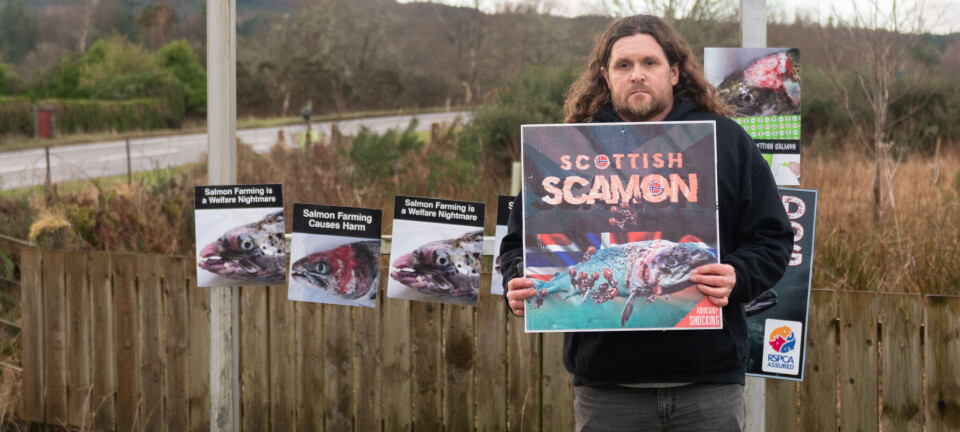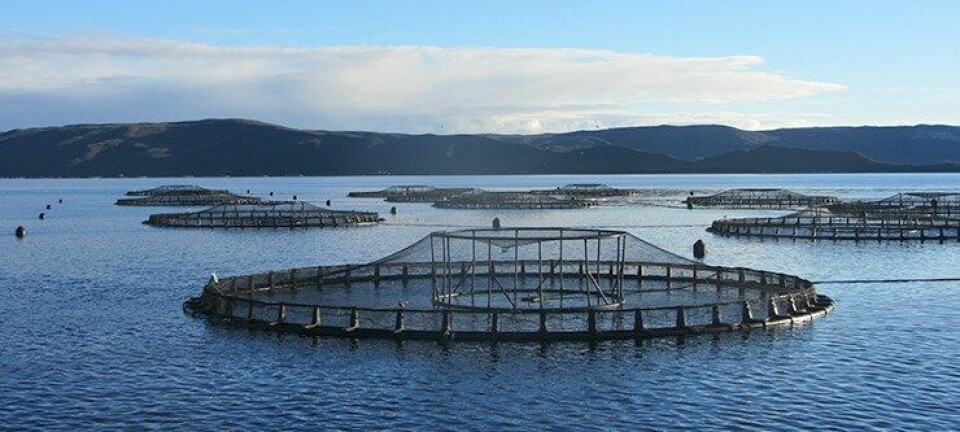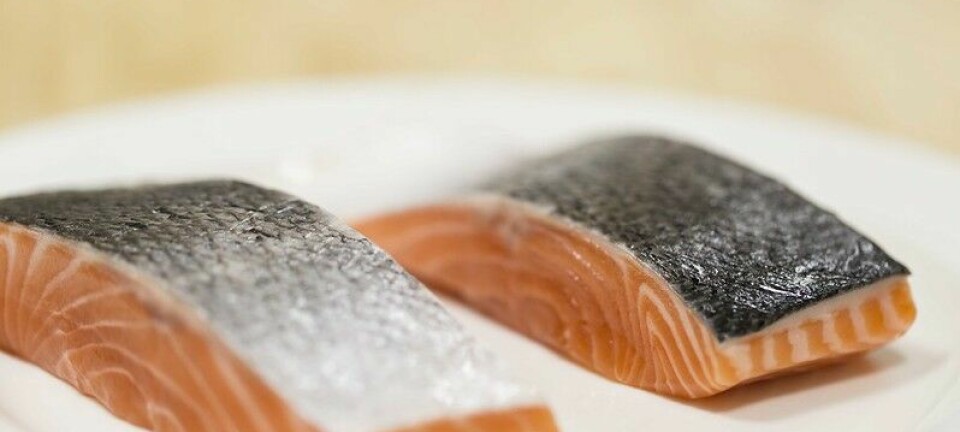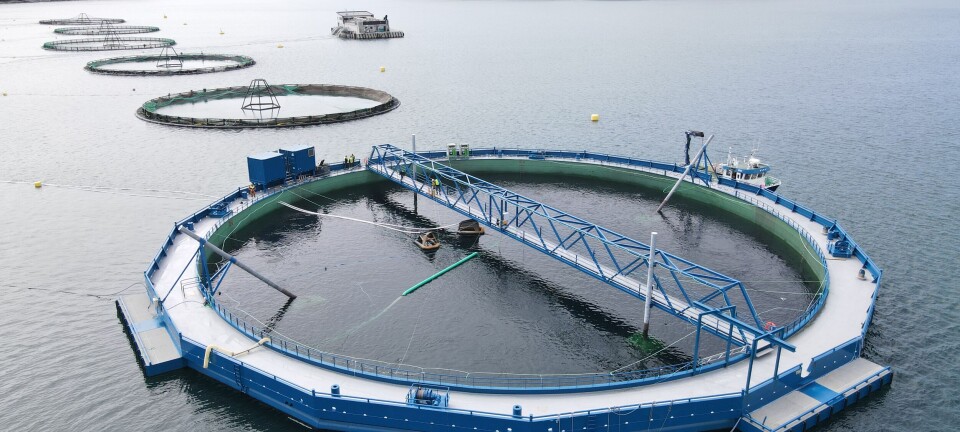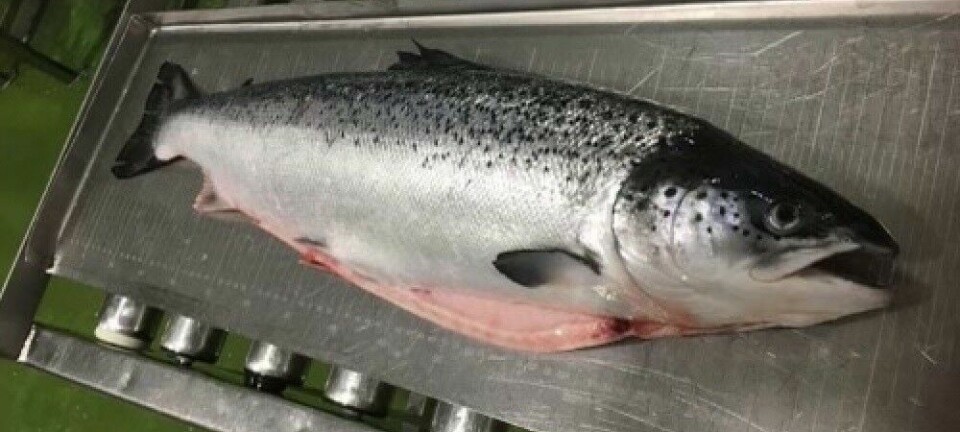
Scottish aquaculture's worth triples in a decade
The direct economic contribution of Scotland’s aquaculture sector has increased by 154% over a decade, from £185 million in 2012 to £472m in 2021, a new government report shows.
The Scottish Government’s ‘marine economy statistics’ for 2021 confirm the economic impact of the Scottish salmon sector, which makes up 96% of the aquaculture sector.
Bouncing back from Covid, gross value added by the aquaculture sector rose 30% from £362m in 2020, according to the report, while employment has risen 20% over the decade. The best year was 2019 - a record year for salmon production - when gross value added (GVA) from aquaculture was £594m.
The entire marine economy generated £4.5 billion in 2021. It is still dominated by oil and gas (£1.88bn) although this industry has decreased by 37% over the decade.
This is followed by marine tourism (£494m) then aquaculture, while fishing contributed £321m to the Scottish economy and shipbuilding generated £403m.
Supply chain
The figures for the salmon sector do not include the wider supply chain, which trade body Salmon Scotland said also adds hundreds of millions of pounds to the economy. There are around 2,500 direct jobs in Scottish salmon and around 10,000 indirect jobs.
Salmon Scotland chief executive Tavish Scott said: “The hard work of Scotland’s salmon farmers in the Highlands and islands directly generates £1.3m every day for Scotland’s economy, fuelled by increasing demand for our nutritious fish at home and abroad.
“Government figures show our sector is the third biggest in the entire marine economy – larger now than fishing and shipbuilding.
“We can deliver further sustainable growth with the continued support of government and more streamlined regulation, ensuring the extraordinary success story of Scottish salmon remains something we can all be incredibly proud of.”




